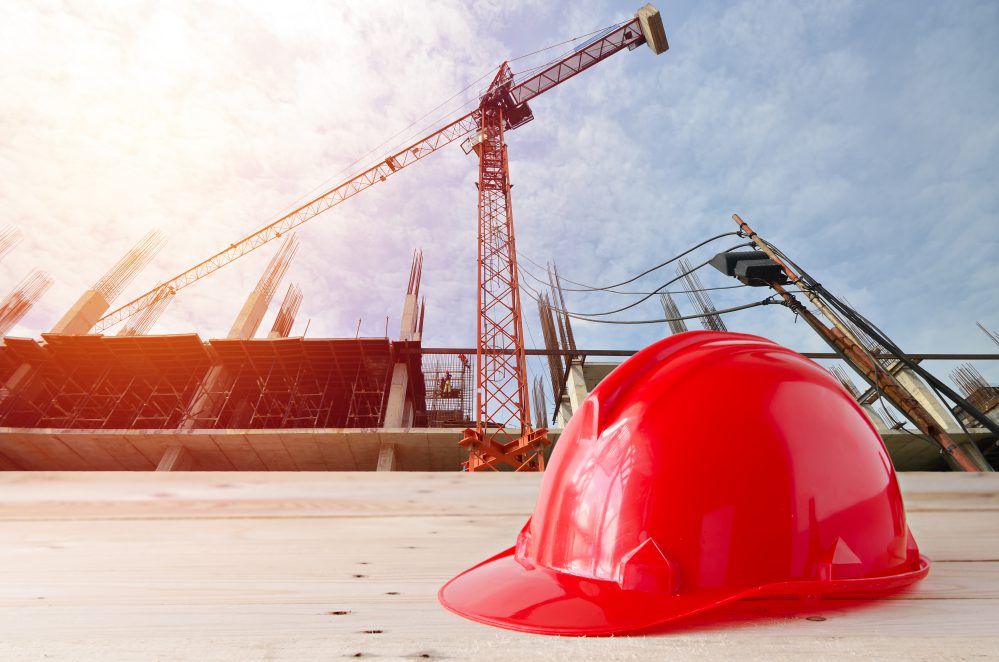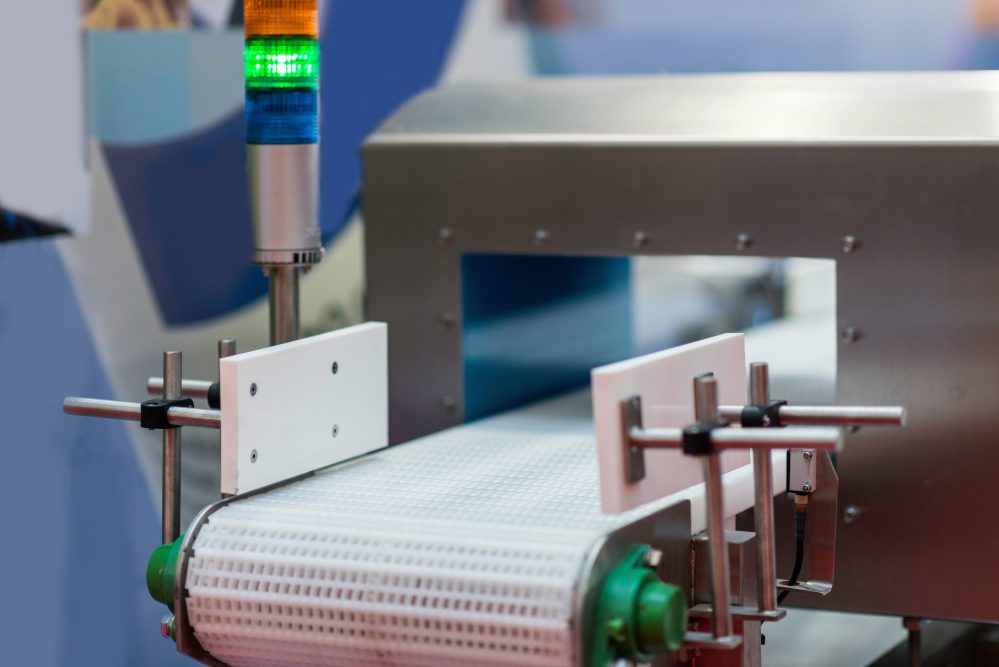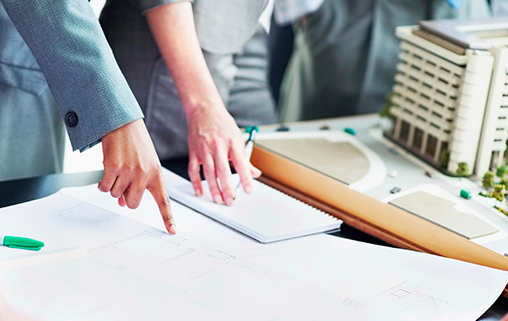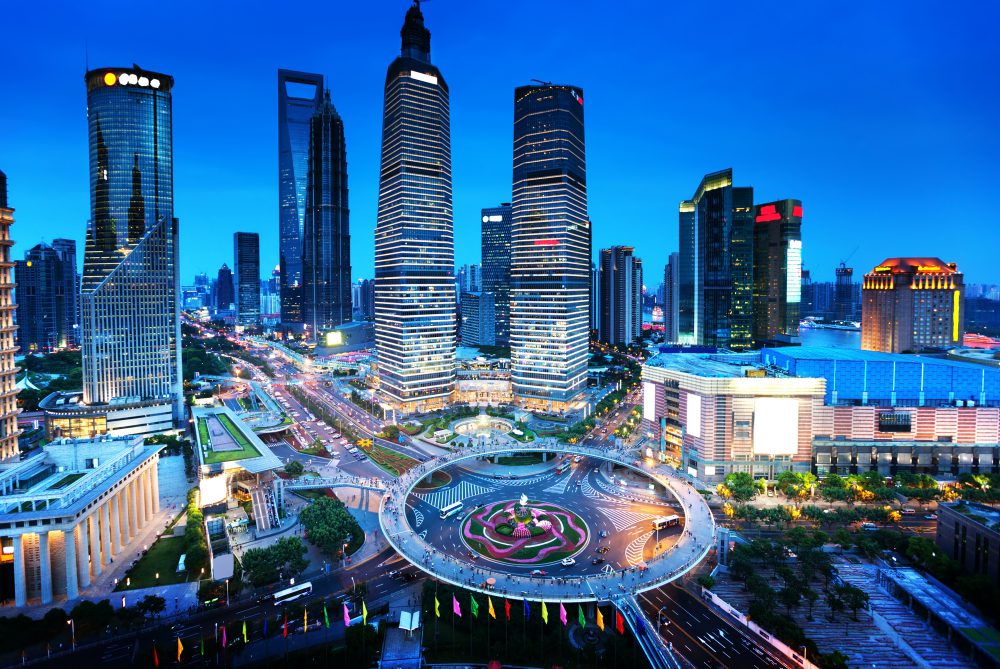4 Ways to Expand Value-Added Services at Your Cold Storage Warehouse
A major trend in the cold storage industry today is a push toward expanding value-added services — additional, non-core services cold storage companies can offer clients. As client needs change, many operators of traditional warehouse spaces are looking to diversify and create new revenue streams.
But what options are out there? Let’s look at the current trends in value-added services being offered by cold storage operators.
Continue Reading “4 Ways to Expand Value-Added Services at Your Cold Storage Warehouse”




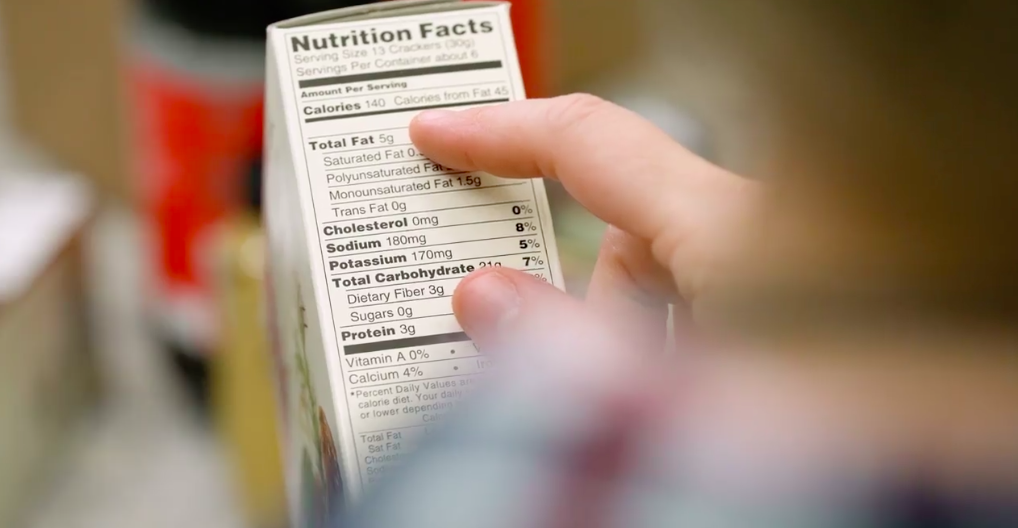
![[Infographic] Installing Packaged Refrigeration vs. Traditional Systems](https://stellarfoodforthought.net/wp-content/uploads/2018/02/Packaged-refrigeration.png)
